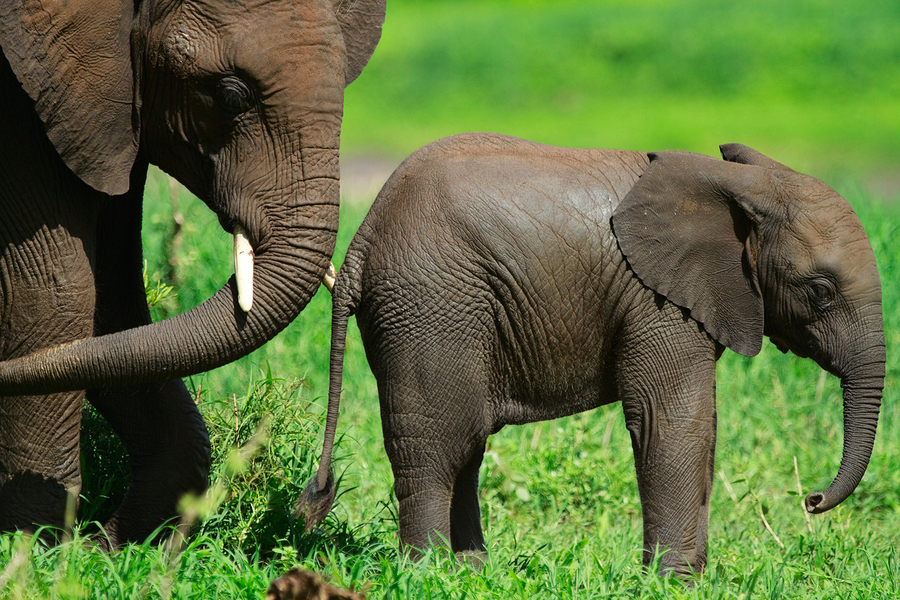In parallel with the establishment of World Wildlife Day by the United Nations in 2014, a variety of measures have been deployed in the parks of Africa and Asia to combat poaching of endangered species. Technology will be of great help to try to curb this growing scourge whose effects could also harm the tourism industry.
Alarming figures
A study conducted in 2014 by National Geographic found that no less than 100,000 African elephants were killed by poachers in three years, and about 1,200 rhinoceros experienced the same fate in South Africa in 2014, according to the UN. The aim was to take advantage of the very lucrative market for the illicit trade in endangered species, representing some $25 billion, selling the powdered horn of African rhinoceros for $75,000 per kg, raw African elephant ivory for $1,510 per kg, tiger pelt for $30,000 per kg or its bones for $1,500 per kg, to say nothing of bear bile. All this is to make ornamental objects or medicines. This scourge has to stop, not only for ethical reasons, but also to preserve tourism, the main source of foreign exchange for many African countries ($46.4 billion in 2013) and whose prospects remain promising for years to come – 134 million visits to Africa predicted in 2030 compared to 56 million in 2013.
Concentrated technology
Technology providers (Google, Microsoft, Cis, etc.), Non-Governmental Organizations (International Fund for Animal Welfare, Jane Goodall Institute, WWF, etc.) and local players are all mobilized to conceive, develop and deploy technological tools to protect wildlife and the environment against poaching. Using trap cameras, motion sensors, drones, acoustic sensors or trackers, park wardens can geolocate the animal in real time, detect if it is approaching an area considered unsafe and quickly call on an intervention team. These various innovations also have a light touch (no more 15kg GPS collars which the animal has to wear) and long life (three years for the Sigfox sensor, which only trips when sending information).
Population to be involved
To prevent the local population – who have little human and material resources – from being left helpless faced with the concentration of technology, it is important to only rely on tools that are easy to use, inexpensive and effective, but also to involve the population, as Jane Goodall recently mentioned in a visit to Paris. In this regard, Tsavo Park (Kenya) registered a drop of 90% in elephant poaching over five years in a project involving Kenya Wildlife Service and local communities, which are able to intervene before poachers can act. In addition, thanks to its future software for 3D collection of animal traces and analysis, the W3DT company will allow local populations to avoid confusing the marks of stray dogs with endangered species, thereby avoiding hasty executions of hypothetical predators. Furthermore, the identification of poachers fingerprints would allow them to be prosecuted judicially – which would be a major step forward in combating this disaster.
